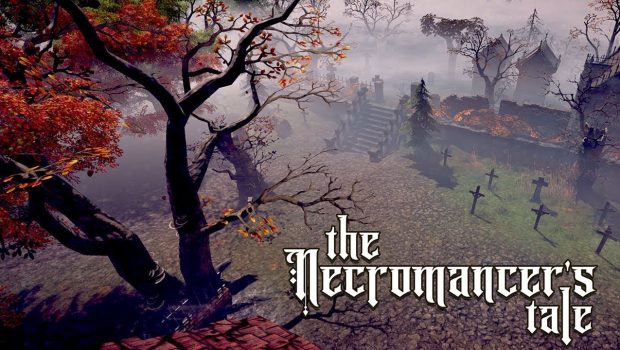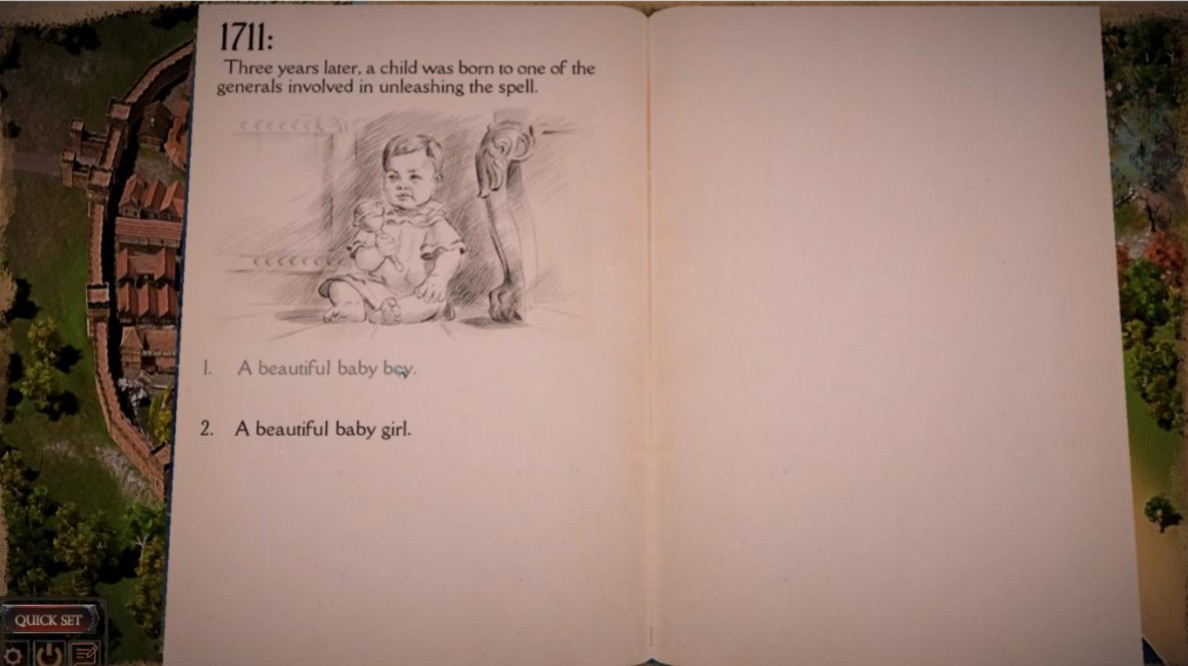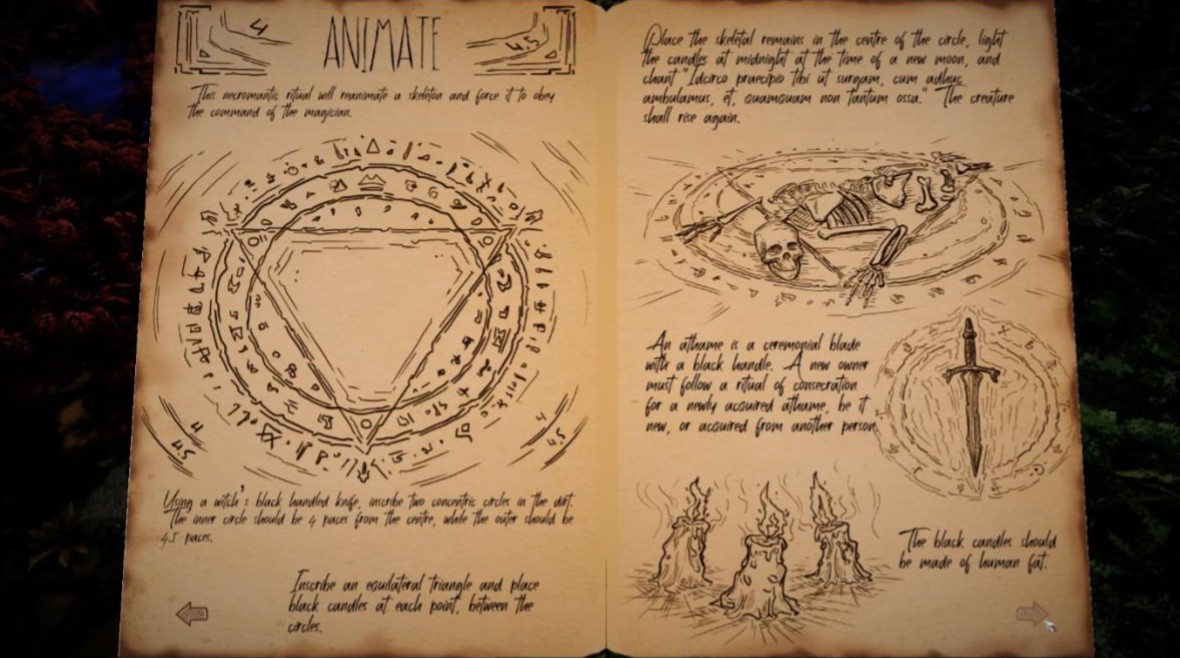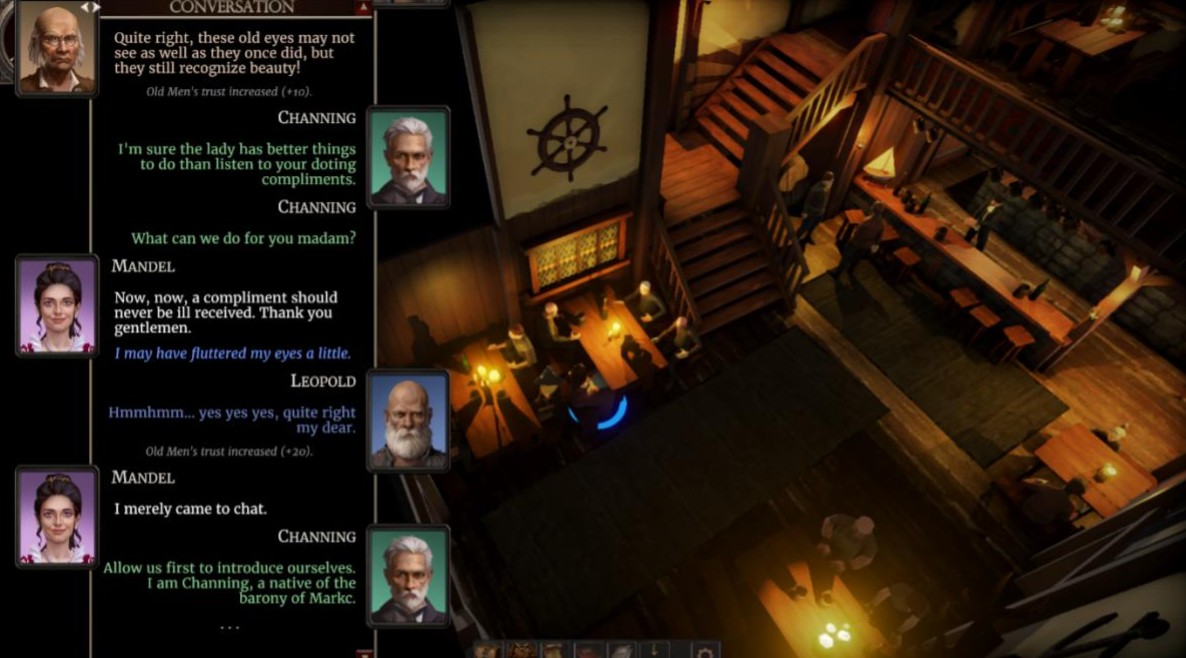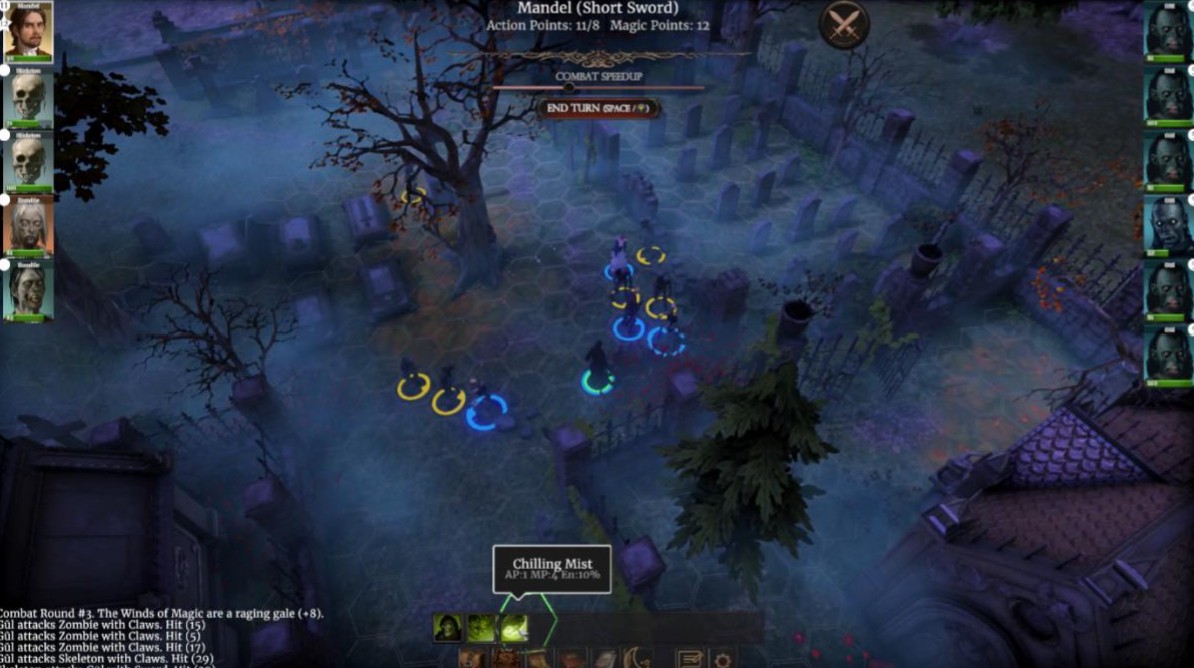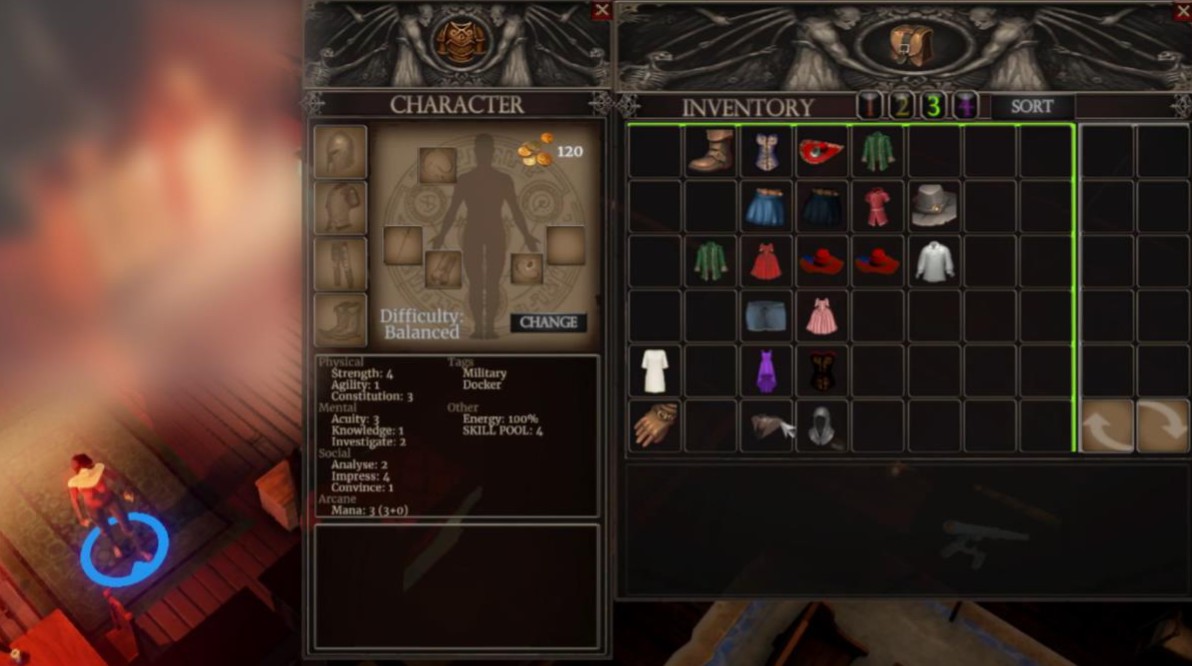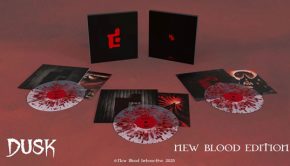The Necromancer’s Tale Review
Summary: The Necromancer’s Tale is a dark, narrative experience that leans into atmosphere and story over instant gratification. Its slow pace and layered systems won’t appeal to everyone, but for those willing to be patient, it offers a world that feels menacing, tense, and strangely intimate. It stumbles now and then, yet it in its best moments, it evokes a sense of power that becomes dangerously addicting.
3.5
Grimly captivating.
Psychic Software’s narrative-driven RPG drops you into an alternate history 18th century Europe, where politics and dark magic intertwine in the city of Ruksthen. The Necromancer’s Tale is not your usual fantasy tale – it’s a methodical descent into obsession and control, fuelled by grief and a hunger for revenge.
The Necromancer’s Tale doesn’t begin with a character creation screen, but instead with an interactive prologue that slowly pulls you into your role. Who you are, from your upbringing, birth omen, and formative experiences shapes everything from your stats to your social standing and how others perceive you. It’s a refreshing twist that feels like you’re stepping into the role of the character, rather than creating a character from scratch.
The story has an intentionally slow build. What starts as a personal investigation into the circumstances surrounding your father’s death steadily turns into a lengthy pursuit for power and revenge. Finding an ancient spellbook in your father’s study leads to you being sucked into the clutches of necromancy. Each chapter is focused on deciphering and locating the resources required for a spell, with each one being more questionable than the last. Your journal provides hints, but it’s up to you to find what you need – or find someone who knows where to get it.
The trust system is a standout feature. Whether you seduce, lie, intimidate, or charm your way through conversations depends on how much people trust you. Every individual NPC keeps tabs on your behaviour. Say too much in the wrong company, and rumours will spread. Push too hard too soon, and all trust can be lost. Conversations are treated like skill checks, and your stats determine what you can say, how people respond, and which opportunities come your way. It’s crucial to know when to be cautious, when to be bold, and when to be silent.
The combat takes a bit of a backseat while the focus lies on narrative and diplomacy. The turn-based battles involve a mix of your own skills and the undead minions you raise to fight for you. It’s competent, if a little basic, and mostly serves as a means for story progression. While you won’t find a deep tactical combat system here, there is a decent variety of enemies and abilities, with enough strategic decisions to keep you engaged. For players who prefer to focus on the story, the option to auto-resolve battles is a welcome one.
Where the game stumbles is in its presentation. The hand-drawn portraits of characters are impressive; however, the 3D environment feels lacking. Bright colours clash with the game’s gothic tones, and muddy textures can pull you out of the immersion. Camera controls are stiff, often getting stuck behind walls or furniture, and indoor navigation is awkward at times.
Inventory management leans towards realism, for better or worse. You must equip items manually, carry water by hand, and pick keys from your pack while unlocking doors. While it does add a layer of immersion, the interface can get in the way, which leads to clunky moments when juggling gear. UI design overall could use refinement as menus overlap in odd ways, and crafting potions feels like more of a chore than it should.
Despite these rough edges, The Necromancer’s Tale succeeds in world-building. Every character has their own story, each choice leaves a mark, and the feeling of teetering on the edge of discovery or ruin is constant. There is never an easy answer. Sometimes, it’s unclear if you’re even doing the right thing, and that uncertainty is part of what makes the story feel so grounded in its own twisted logic.
The soundtrack sells the tone, with eerie melodies that thread through the city. The voice acting isn’t always consistent – some performances hit the right note of melancholy and menace, while others feel flat. Overall, though, the atmosphere feels intact. Features like quick saves, customisable portraits, and the ability to speed up time are thoughtful additions that round out the experience.
Final Thoughts
The Necromancer’s Tale moves at a deliberate pace, placing narrative, dialogue, and social mechanics above flashy combat and high-fidelity graphics. For those who enjoy morally grey choices, dark magic, and slow-burning intrigue, there’s a lot to appreciate here. It’s a flawed gem – a little rough, a little strange, but undeniably unique.


